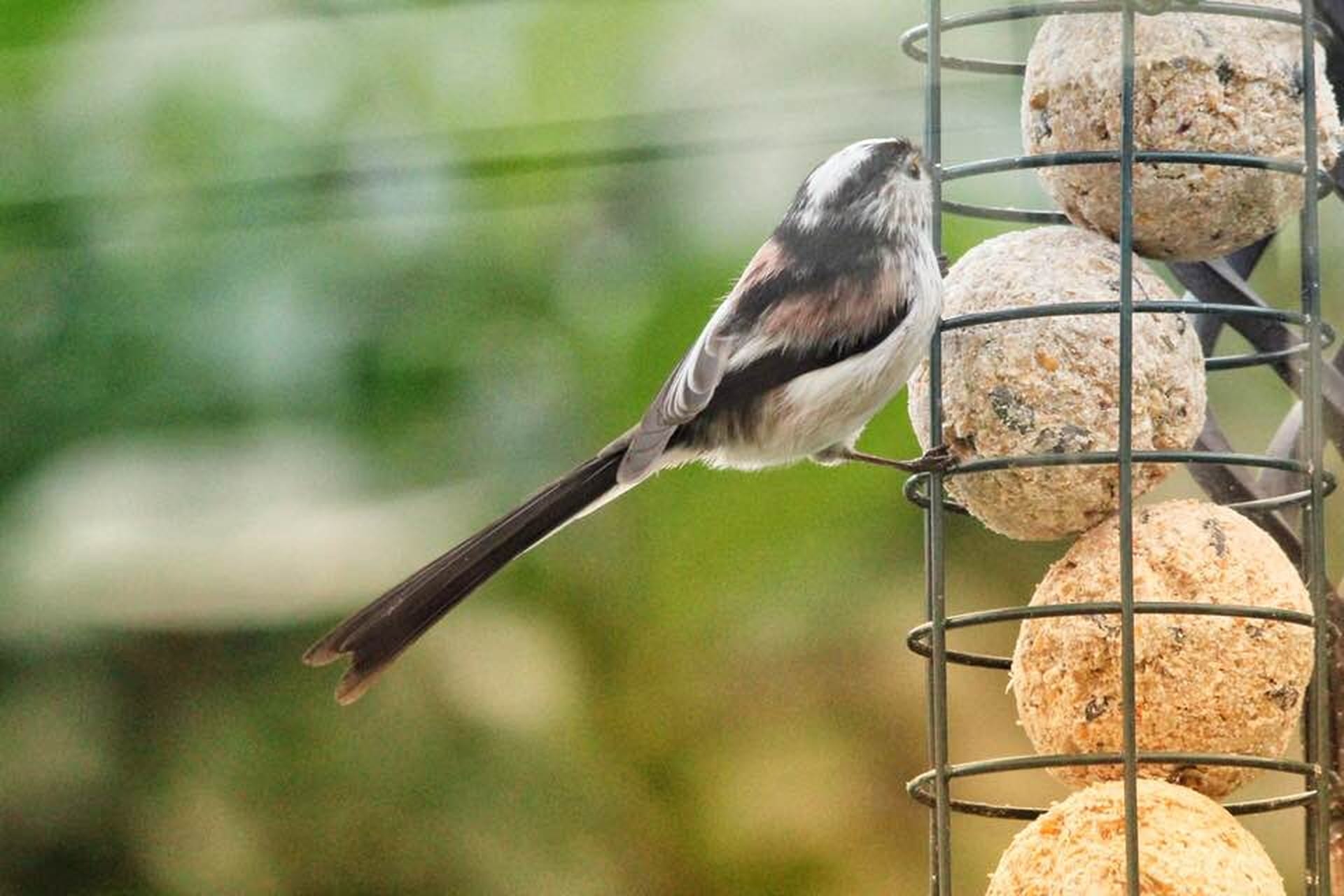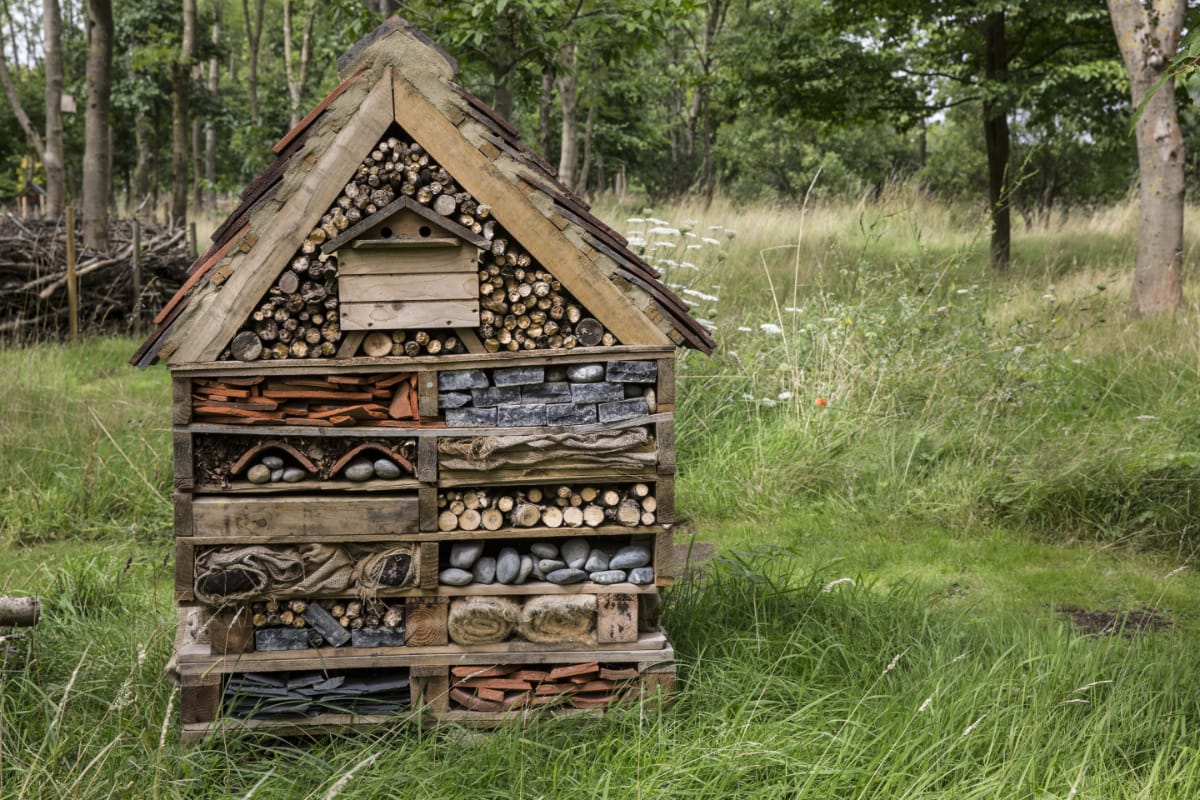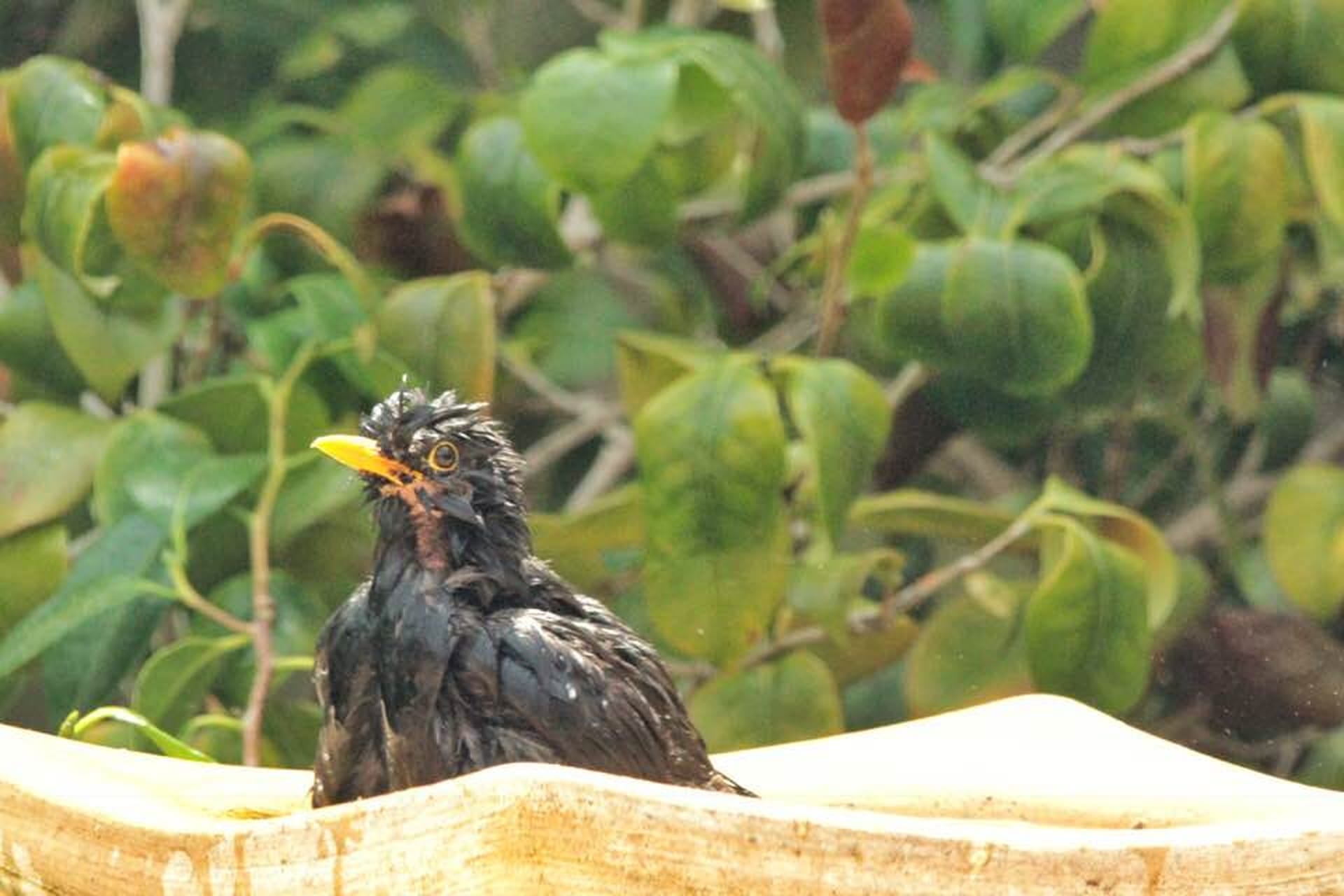Nothing in Basket!
About the Author & Content Disclaimer
The advice in this post is based on 10+ years of hands-on experience in our sandy Suffolk garden.
While I love sharing my journey and the things I discover, please understand that I am not a certified professional in gardening or wildlife. I ground my content by deep-diving into reliable books and professional websites.
The information shared on this blog reflects my own experiences and is tried-and-tested in our unique local environment. Please remember that what works for me may not be suitable for your specific garden.
For certified expertise, always consult a qualified professional (there are links within my blogs to experts websites).
I am always eager to learn and improve! If you notice any inaccuracies or have additional insights to share, please feel free to contact me via this websites contact forms.
Lots of wildlife is currently hibernating, but there are some species that are still out, such as birds, mice, voles, and foxes.
There is plenty you can do in your garden to help wildlife now, and other things you can do to plan for the following years wildlife needs.

With short days and cold nights the birds need as much help as possible as they use up lots of energy just to stay warm. Provide them with fat-rich foods such as peanuts, suet/fat products and sunflower hearts.
There are lots of wildlife that may be using your compost heap to hibernate in. You can often find hedgehogs, small mammals, reptiles, amphibians and even bumblebees. Wait until April, when disturbance will be minimal.

Make a bee hotel for solitary bees, using old wooden boxes filled with logs with holes drilled into them, or bamboo canes and the stems of other hollow-stemmed plants such as teasel and sunflowers. Hang in a place that gets late morning sun. We often cut down our sunflowers to knee height and leave the stems in place for insects to use.

Throughout winter check your bird baths daily to ensure they haven't frozen over and top them up with fresh water when needed. Bathing helps birds to regulate oils in their feathers, enabling them to control their body temperature.
Now is the time to plant bare-root trees and shrubs.
Many wildlife gardeners prefer sticking with native species (they have been here since the last ice age). So here are some great native shrubs and trees you can plant:
All will provide a fantastic mix of flowers for pollinators, berries for birds and leaves for caterpillars, which will in turn feed the baby birds. If you want an even wider variety then there are many cultivated species available, chose ones that flower and fruit.
Variety is key to supporting nature and wildlife. The best thing you can do to get started is add a tree (preferably fruiting), add water, have a pile of logs on the ground, don't use pesticides and don't prune or tidy the garden as often.
From there add as wide a variety of plants and flowers of differing heights, including ground covering plants.
Wild, cultivated, native, and non-native are all good choices. But the best thing you can do for the environment is having the right plant in the right location, this means you don't have to change or improve your soil, or water lots throughout the year.
It's a good idea to add wildflowers to your garden as they are becoming an endangered species and may disappear from the wild.
To improve your garden for wildlife doesn't mean you have to have a scruffy looking garden, so don't beat yourself up if you choose to have mainly short grass, or want the edges to look tidy, or you choose to deadhead plants because you want more flowers. Every plant you add goes a long way in helping wildlife.
Nothing in Basket!
